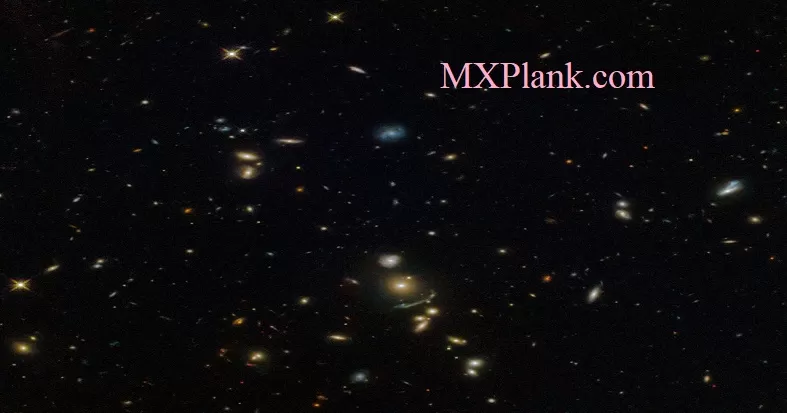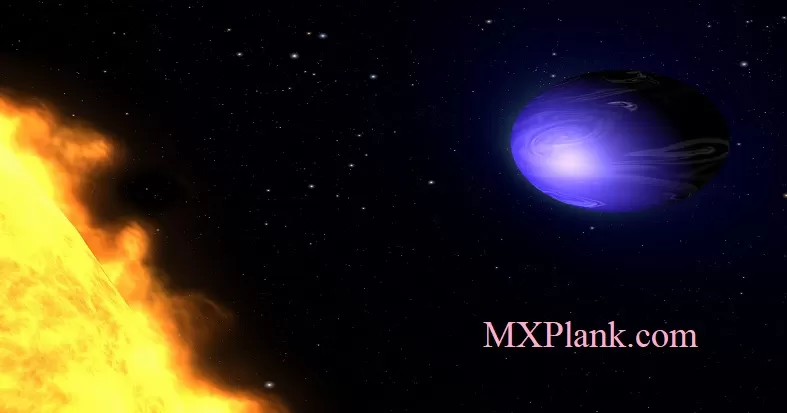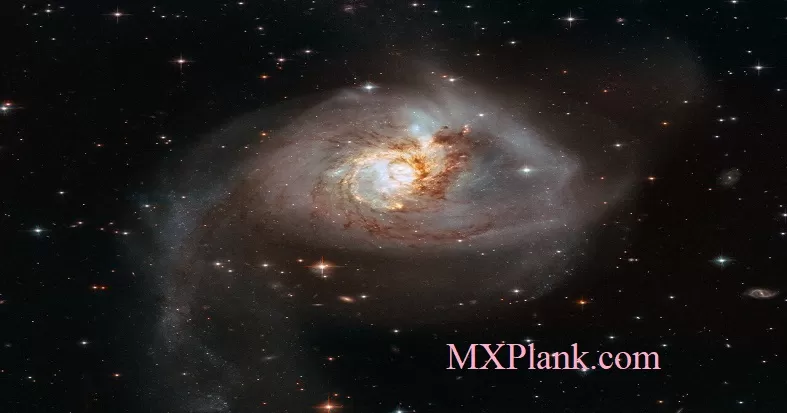Brown Dwarf 2M1207A and Companion

[Left] - This image, taken with the NASA/ESA Hubble Space Telescope, shows a near-infrared-light image of a brown dwarf located 170 light-years away from Earth. The object is no more than 30 times the mass of Jupiter, making it too small to sustain nuclear fusion to shine as a star.
[Right] - When the glow of the brown dwarf is subtracted from the image, a smaller and fainter companion object becomes visible. No more that four times the mass of Jupiter, this companion is dubbed a super-Jupiter. It has an estimated diameter as big as 40 percent greater than Jupiter's diameter. The world is 8 billion kilometres from the brown dwarf, nearly twice the distance between our sun and the planet Neptune.
Because the planet is only 10 million years old, it is so hot it may rain molten glass and iron in its atmosphere. Hubble has measured fluctuations in the planet's brightness that suggests the planet has patchy clouds as it completes one rotation every 10 hours.
NASA/ESA and The Hubble Heritage Team (STScI/AURA)






